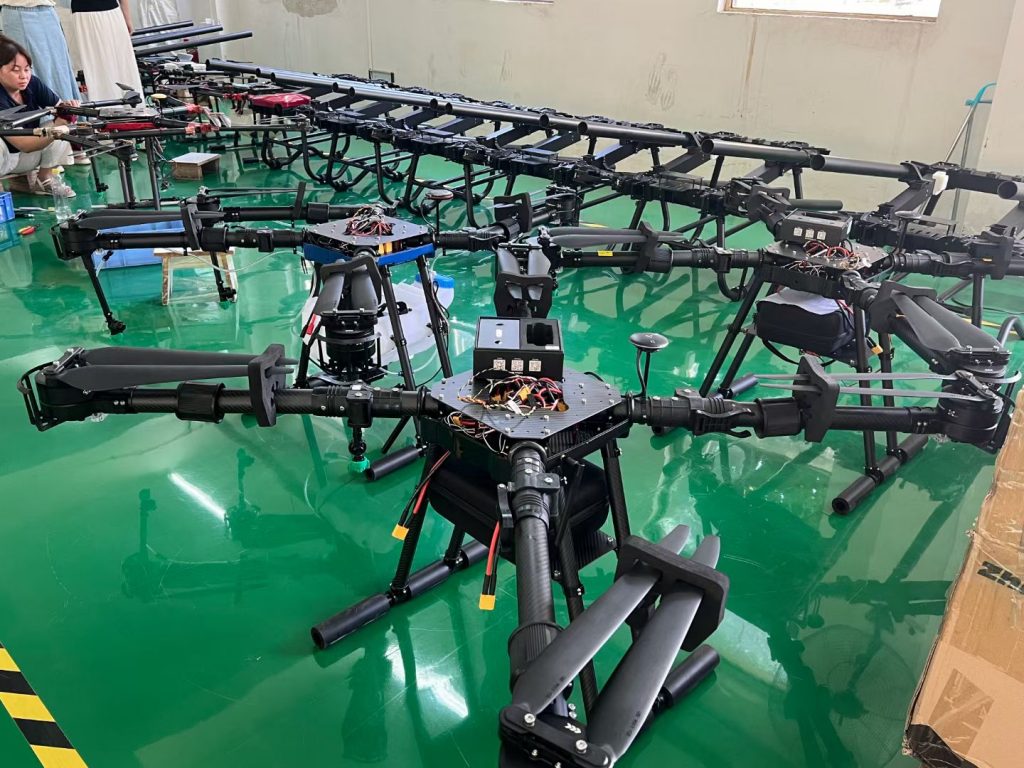
Introduction
The use of drones for field crop treatment has emerged as a transformative technology in modern agriculture, offering efficient, precise, and cost-effective solutions for crop management. These unmanned aerial vehicles (UAVs) are equipped with advanced spraying systems, imaging sensors, and intelligent flight capabilities that enable farmers to monitor crop health, detect diseases, and apply treatments with unprecedented accuracy.
This comprehensive guide explores the benefits, types, applications, key features, selection criteria, and future trends of drones for field crop treatment, providing valuable insights for farmers, agricultural professionals, and technology adopters.
Benefits of Using Drones for Field Crop Treatment
1. Precision Application
-
Targeted spraying only where needed, reducing chemical waste
-
Variable rate application based on crop conditions and pest distribution
-
Uniform coverage even in hard-to-reach areas
2. Increased Efficiency
-
Faster coverage of large fields compared to manual spraying
-
24/7 operation capability (weather permitting)
-
Reduced labor requirements for crop treatment
3. Cost Savings
-
Lower chemical usage through precise application
-
Reduced fuel and maintenance costs compared to traditional machinery
-
Minimized crop damage during treatment
4. Improved Crop Health & Yield
-
Early detection of diseases, pests, and nutrient deficiencies
-
Timely intervention with appropriate treatments
-
Enhanced plant protection and growth optimization
5. Environmental Benefits
-
Reduced chemical runoff into water sources
-
Lower environmental impact from precise application
-
Decreased carbon footprint compared to heavy machinery
Types of Drones for Field Crop Treatment
1. Multi-Rotor Drones (Quadcopters, Hexacopters, Octocopters)
-
Best for: Small to medium-sized fields, precision spot treatment
-
Advantages: Excellent maneuverability, stable hovering, vertical takeoff and landing
-
Limitations: Shorter flight time (20-40 minutes), lower efficiency for large fields
2. Fixed-Wing Drones
-
Best for: Large-scale field treatments, mapping, and surveying
-
Advantages: Longer flight time (up to 2+ hours), higher speed, efficient coverage
-
Limitations: Requires runway or launcher for takeoff/landing, less maneuverable in tight spaces
3. Hybrid Drones (VTOL – Vertical Takeoff and Landing)
-
Best for: Versatile operations in both small and large fields
-
Advantages: Combines benefits of multi-rotor and fixed-wing drones
-
Limitations: More complex design, higher cost
Key Applications of Crop Treatment Drones
1. Crop Spraying (Pesticides, Herbicides, Fungicides)
-
Uniform chemical application with adjustable flow rates
-
Reduced chemical drift compared to traditional sprayers
-
Safe application in challenging terrains
2. Fertilizer & Nutrient Application
-
Precision nutrient delivery based on soil and crop needs
-
Variable rate fertilization for optimized growth
-
Reduced over-fertilization risks
3. Seed Planting (Direct Drone Seeding)
-
Efficient seeding in hard-to-reach or damaged fields
-
Precision seed placement for optimal germination
-
Rapid reseeding after natural disasters
4. Crop Monitoring & Scouting
-
Multispectral & thermal imaging for early disease detection
-
NDVI (Normalized Difference Vegetation Index) mapping for plant health analysis
-
Real-time data collection for informed decision-making
5. Weed & Pest Control
-
Targeted herbicide application only where weeds are detected
-
Precision pesticide delivery to minimize resistance development
-
Automated pest detection using AI-powered cameras
Key Features to Look for in a Crop Treatment Drone
1. Spraying System
-
Tank capacity (10-40L for multi-rotors, up to 100L+ for fixed-wing)
-
Nozzle type & spray width adjustment
-
Flow rate control (L/min or L/ha)
-
Chemical resistance materials
2. Flight Performance
-
Flight time (20-60 minutes per battery)
-
Coverage rate (1-10 hectares/hour)
-
Max wind resistance (up to 10-12 m/s)
-
GPS & RTK for precise positioning
3. Intelligence & Automation
-
Autonomous flight planning & mission execution
-
Obstacle avoidance systems
-
Variable rate application based on prescription maps
-
AI-powered crop analysis
4. Connectivity & Control
-
Real-time video transmission (FPV)
-
Remote control range (up to 5-10 km)
-
Mobile app & cloud-based data management
-
Integration with farm management software
5. Safety & Compliance
-
CE / FCC / MIC certifications (depending on region)
-
Emergency landing & fail-safe mechanisms
-
Weather-resistant design
-
Operator training & certification requirements
How to Choose the Right Crop Treatment Drone
1. Field Size & Terrain
-
Small fields (<5 hectares): Multi-rotor drones (easier maneuverability)
-
Large fields (>10 hectares): Fixed-wing or hybrid drones (higher efficiency)
2. Type of Treatment Needed
-
Spraying: Look for high-flow pumps & corrosion-resistant materials
-
Seeding/Fertilizing: Check payload capacity & dispersion system
3. Budget & ROI
-
Entry-level drones (₹5-15 lakh): Basic spraying, suitable for small farms
-
Mid-range drones (₹15-30 lakh): Better autonomy & precision
-
High-end drones (₹30+ lakh): Advanced AI, RTK, and large-scale operations
4. Regulatory Compliance
-
Drone registration & operator certification (varies by country)
-
CE / FCC / local drone laws compliance
5. After-Sales Support & Training
-
Warranty & maintenance services
-
Training for operators
-
Spare parts availability
Future Trends in Drone-Based Crop Treatment
1. AI & Machine Learning Integration
-
Automated pest & disease detection
-
Smart prescription mapping
-
Predictive analytics for optimal treatment timing
2. Swarm Drone Technology
-
Multiple drones working in coordination
-
Faster coverage of ultra-large fields
-
Cooperative spraying strategies
3. Improved Battery & Power Systems
-
Longer flight times (60+ minutes)
-
Hybrid-electric or hydrogen fuel cell drones
-
Faster battery swapping systems
4. Sustainable & Eco-Friendly Solutions
-
Biodegradable drones
-
Organic pesticide application
-
Reduced chemical usage through precision farming
5. Integration with IoT & Farm Management Systems
-
Real-time data sharing with farm machinery
-
Automated treatment scheduling
-
Blockchain for traceability in agri-supply chains
Conclusion: The Future of Precision Agriculture
Drones for field crop treatment are revolutionizing modern farming by providing faster, smarter, and more sustainable ways to manage crops. With advancements in AI, automation, and precision agriculture, these UAVs are becoming indispensable tools for farmers looking to increase yields, reduce costs, and minimize environmental impact.
Whether you’re a small-scale farmer or managing a large commercial operation, investing in the right crop treatment drone can lead to significant efficiency gains and higher profitability. As regulations evolve and technology improves, drone-based crop management will play an even bigger role in the future of agriculture.
THE END

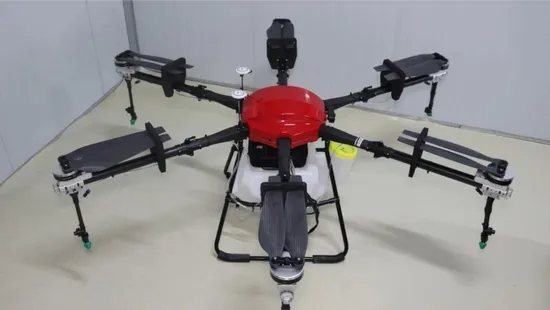
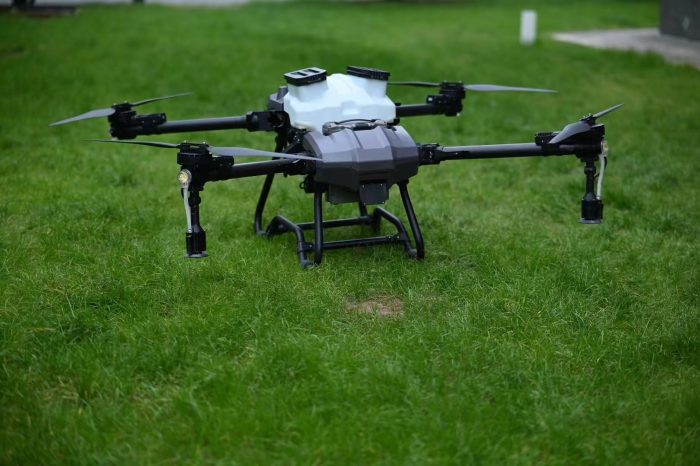
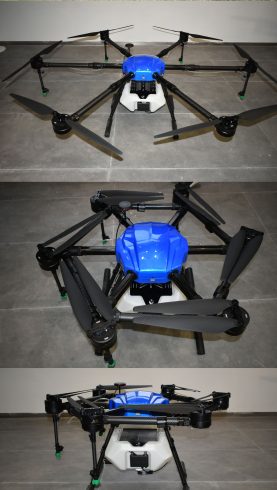
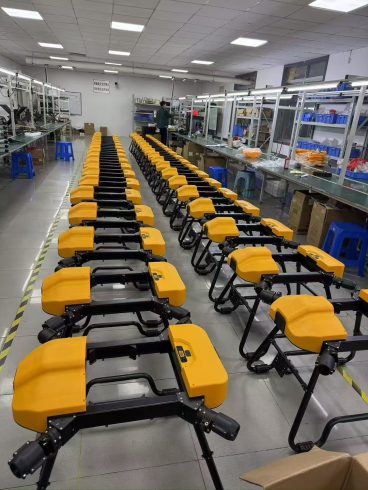
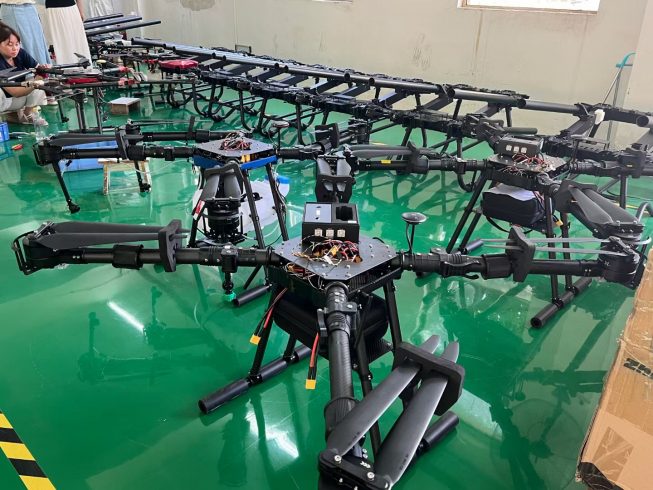
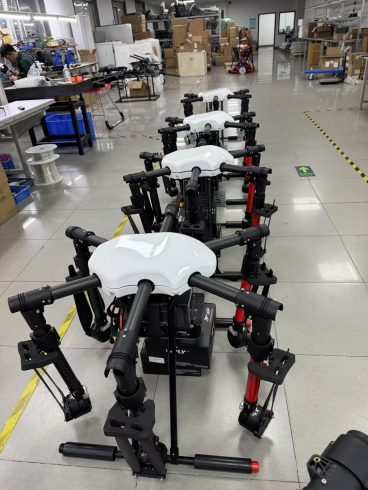
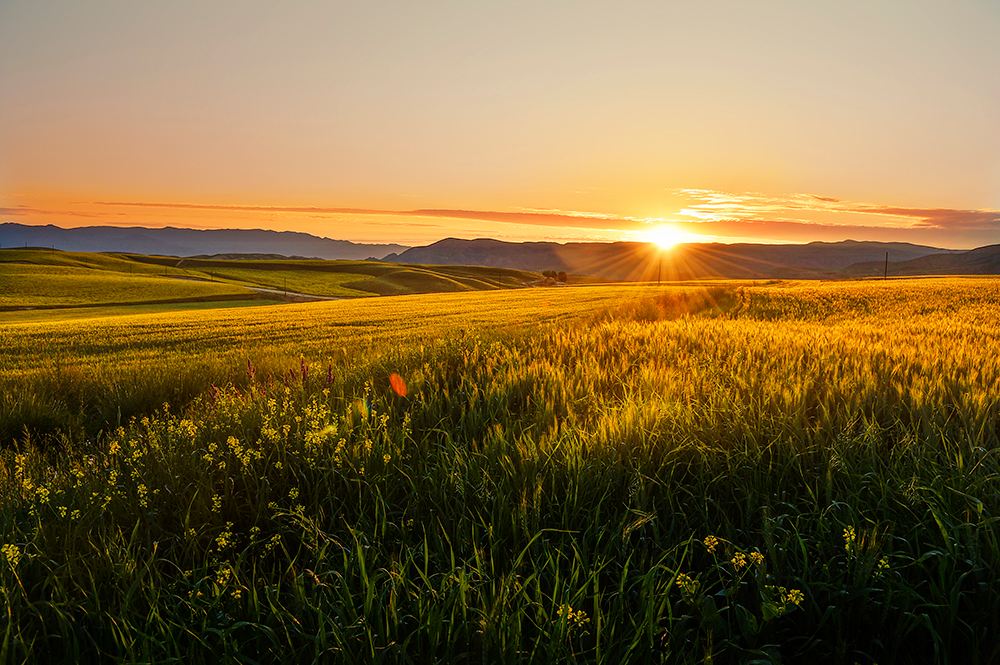
暂无评论内容